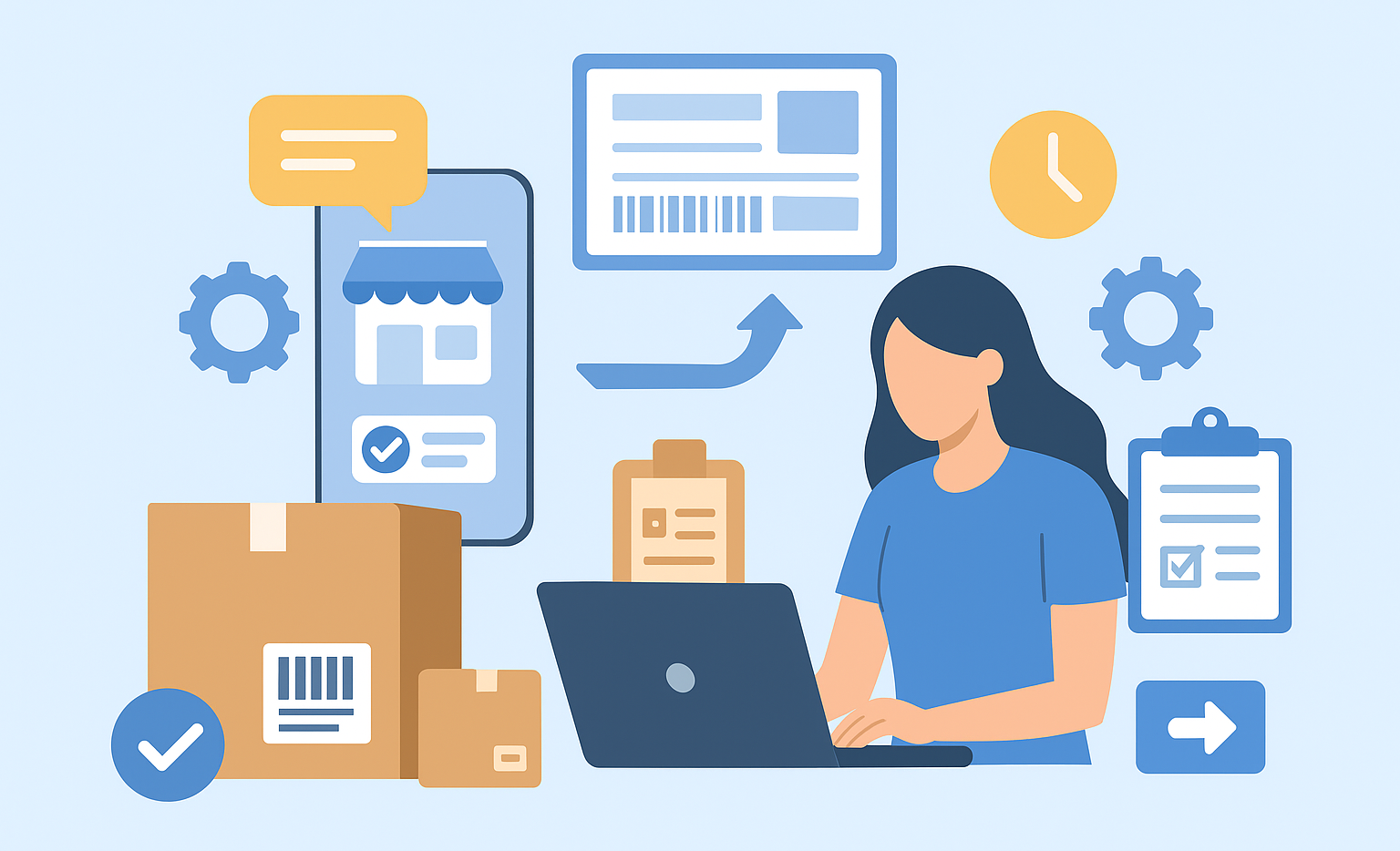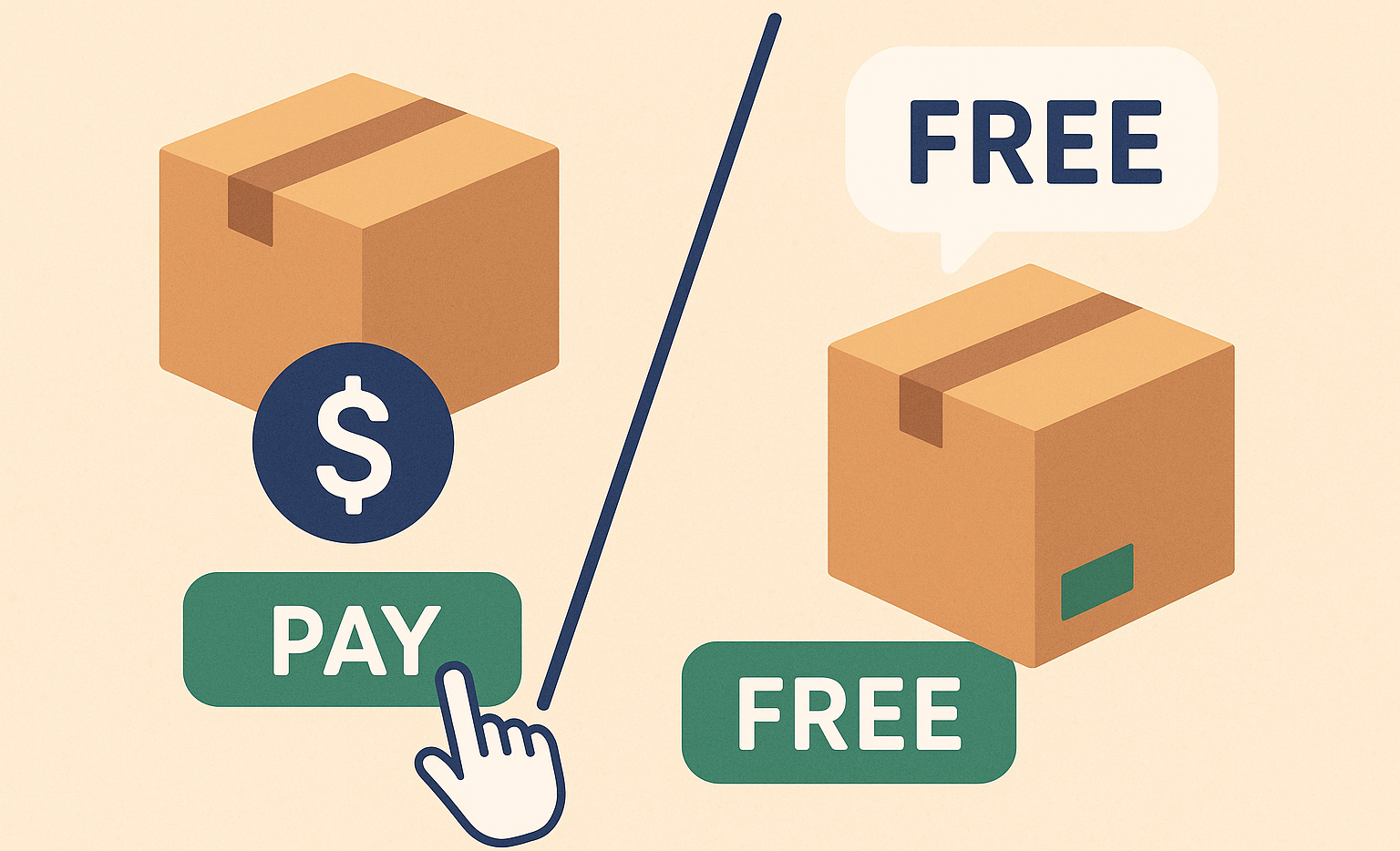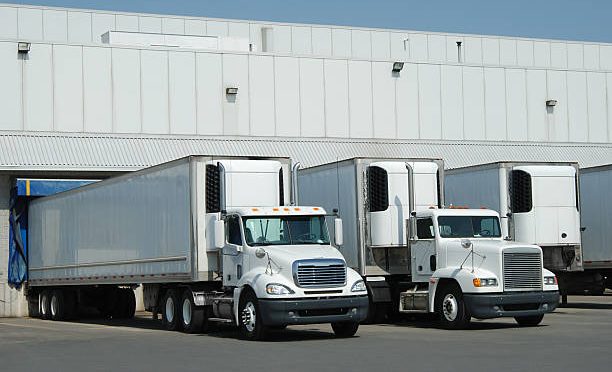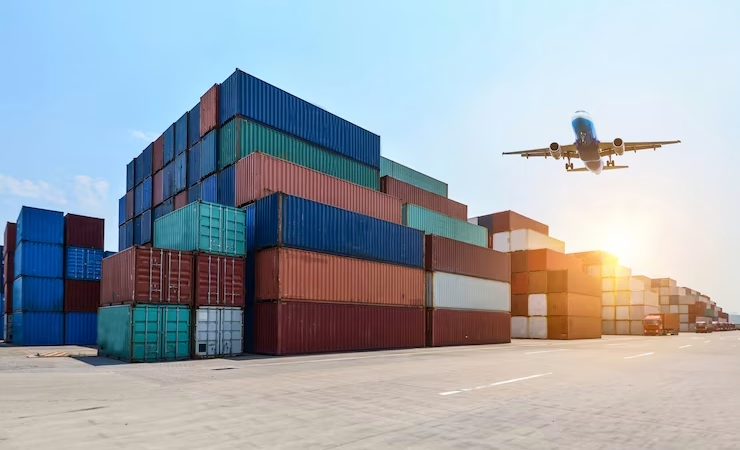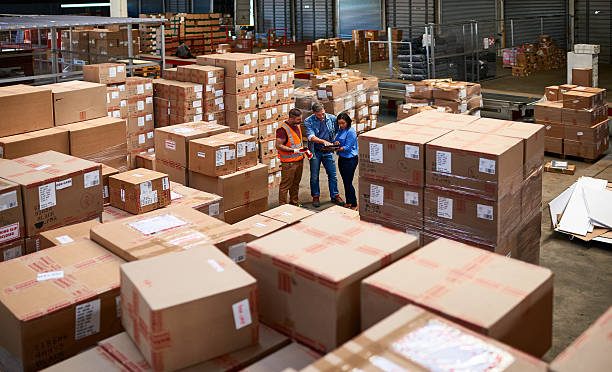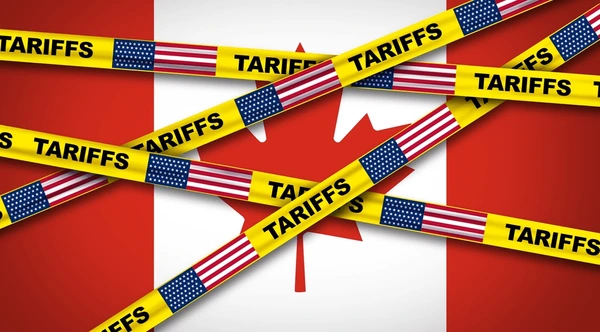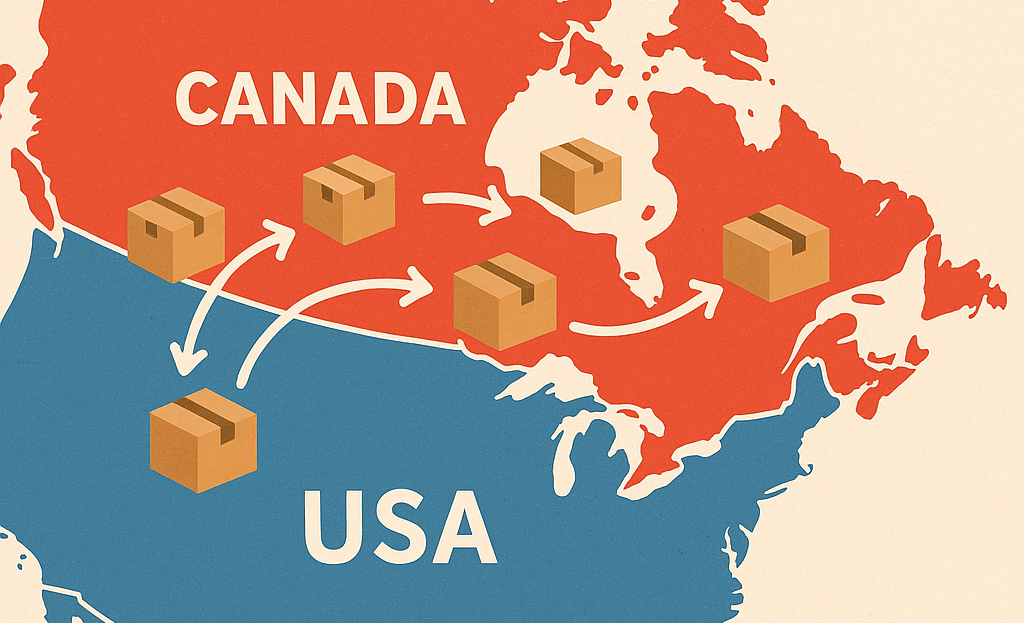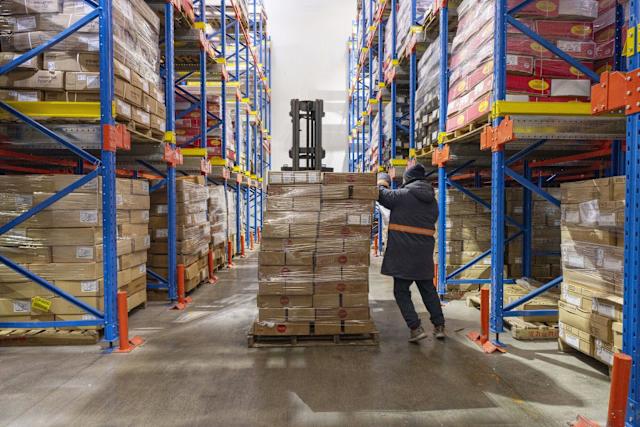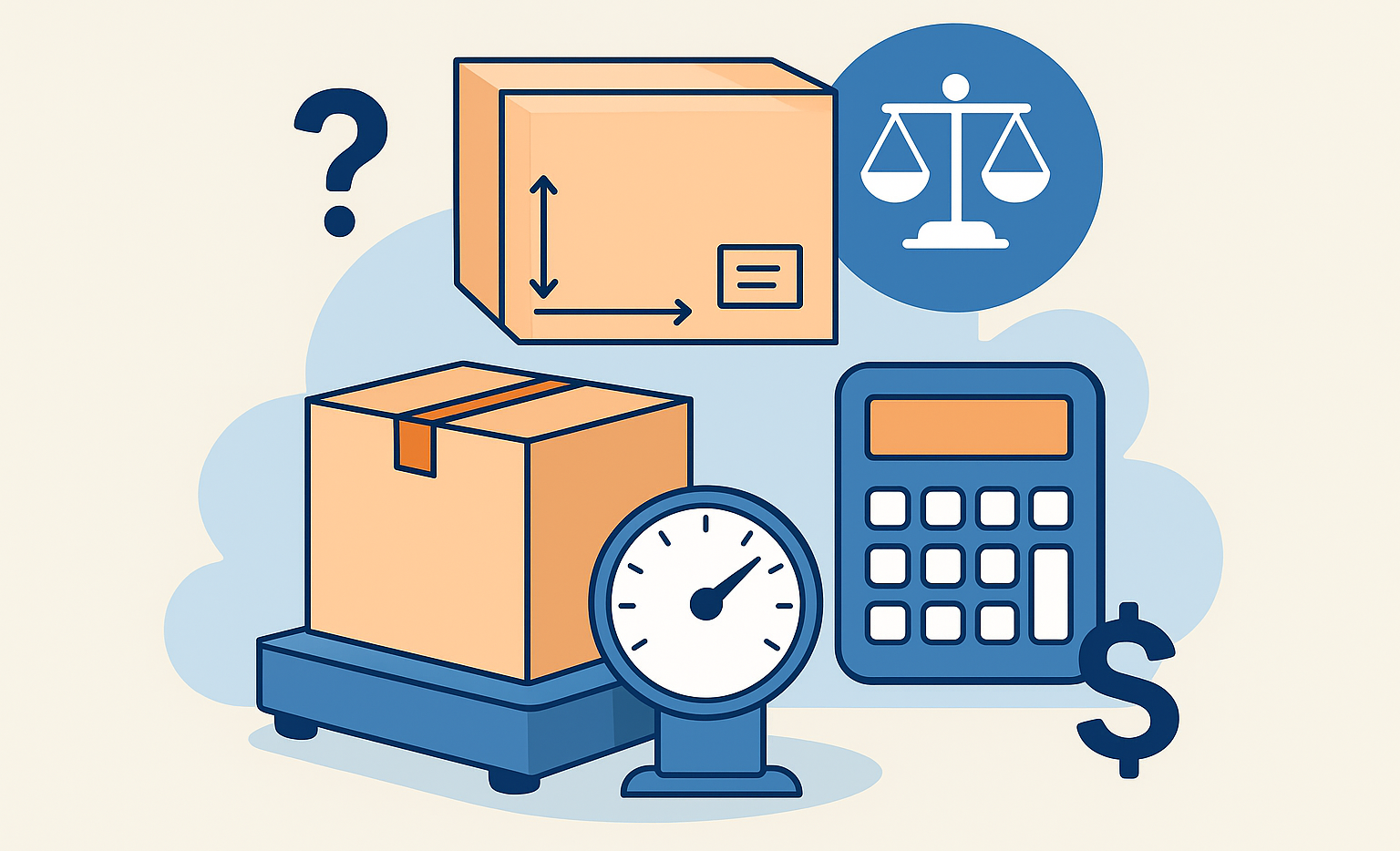
Shipping costs are determined not just by the actual weight of your package but also by its size. Dimensional weight pricing means carriers charge based on the volume your package occupies relative to its weight, whichever is greater. This method helps shipping companies better manage space and costs, but it can increase your expenses if your packaging is large but light.
Understanding how dimensional weight affects your shipping charges is essential to avoiding unexpected fees. By optimizing your packaging and knowing how carriers calculate these fees, you can take control of your shipping budget and improve profitability. Small changes in how you pack and ship can lead to significant cost savings over time.
Knowing effective strategies to reduce dimensional weight costs allows you to streamline your shipping operations. These adjustments not only lower your expenses but also enhance overall efficiency, giving you a competitive advantage in managing logistics.
Key Takeaways
- Shipping charges depend on the larger of actual or dimensional weight.
- Optimizing packaging reduces the impact of dimensional weight on costs.
- Managing dimensional weight improves your shipping efficiency and savings.
Understanding Dimensional Weight in Shipping
Dimensional weight affects how shipping costs are calculated based on the space your package occupies, not just its weight. Knowing how it works can help you manage costs and avoid surprises on shipping bills.
What Is Dimensional Weight?
Dimensional weight, also called DIM weight or volumetric weight, is a pricing method used by carriers to factor in the size of a package. It reflects the amount of space your parcel occupies on a truck or plane, which can be as important as its actual weight.
This method prevents shipping companies from losing money on large but light packages. Instead of charging purely by weight, they use dimensional weight to balance cost with space consumption.
How Carriers Calculate Dimensional Weight
Carriers calculate dimensional weight by measuring your package’s length, width, and height. These dimensions are usually measured in inches and multiplied together to get the volume.
The volume is then divided by a DIM factor, a number set by the carrier (often 139 or 166 for domestic shipments). The formula looks like this:
DIM Weight = (Length × Width × Height) / DIM Factor
The resulting dimensional weight is compared with the actual weight, and the higher value determines the shipping charge.
Difference Between Actual and Dimensional Weight
Actual weight is the physical weight of your package, measured on a scale. Dimensional weight, however, translates the package’s size into a weight equivalent.
If your package is heavy but compact, actual weight will usually be higher than dimensional weight. Conversely, if it’s light but bulky, dimensional weight will likely be greater and thus set your shipping cost.
Understanding this difference lets you optimize packaging and control costs by minimizing unused space.
Strategies to Reduce Dimensional Weight Costs
Reducing dimensional weight costs requires careful management of your packaging and shipping methods. You need to focus on using efficient packaging, adjusting package sizes, and taking advantage of carrier-specific tools and discounts to lower your overall expenses.
Choosing the Right Packaging
Select packaging that minimizes empty space while protecting your product. Use materials that are strong but not bulky, such as lightweight corrugated boxes or custom-fit mailers. Avoid oversized boxes that increase the package volume and raise the dimensional weight.
Consider packaging that can be compressed or folded for smaller shipments. Use void fillers like airbags only when necessary to secure your items without increasing dimensions unnecessarily.
Review your product’s fragility and shape to choose packaging that balances protection and size. Custom shapes or right-sized packaging helps in reducing dimensional weight and avoids added costs.
Optimizing Package Dimensions
Measure your packages accurately to avoid paying for unused space. Ensure length, width, and height are as close to the product size as possible without risking damage. Reducing any one dimension can lower the overall cubic volume and, thus, the dimensional weight.
If shipping multiple items, consolidate them in one box when feasible instead of shipping separately. This can lower the combined dimensional weight and reduce per-unit shipping costs.
Apply standard dimensional weight divisors used by carriers (such as 139 for inches or 5000 for centimeters) to calculate and anticipate your costs. Understanding this helps you prioritize reducing the largest dimension first.
Leveraging Carrier Tools and Discounts
Use carrier software or online calculators to get precise dimensional weight estimates before shipping. These tools can identify better packaging options and shipping methods.
Negotiate volume discounts or special rates with carriers based on your shipping frequency and package characteristics. Some carriers offer incentives for consistent, optimized packaging or for standardizing your shipments.
Explore programs like cube optimization or dimensional weight waivers on minimum dimensions offered by carriers. These can reduce costs if your shipments meet specific criteria.
Keeping track of your shipping patterns through carrier portals allows you to refine your packaging and routing to lower dimensional weight fees continuously.



